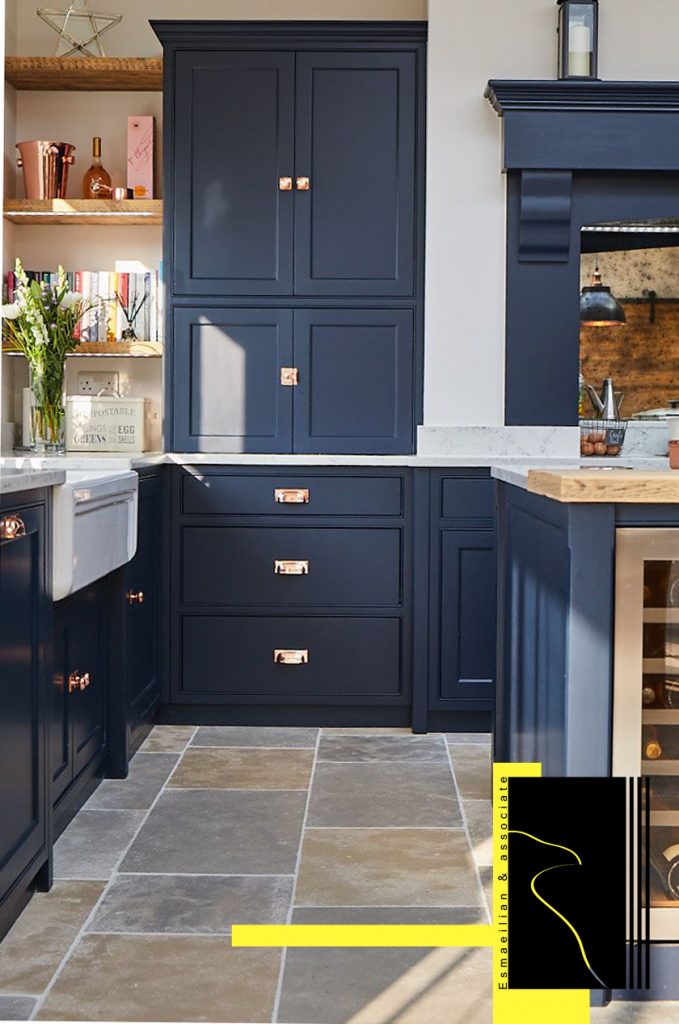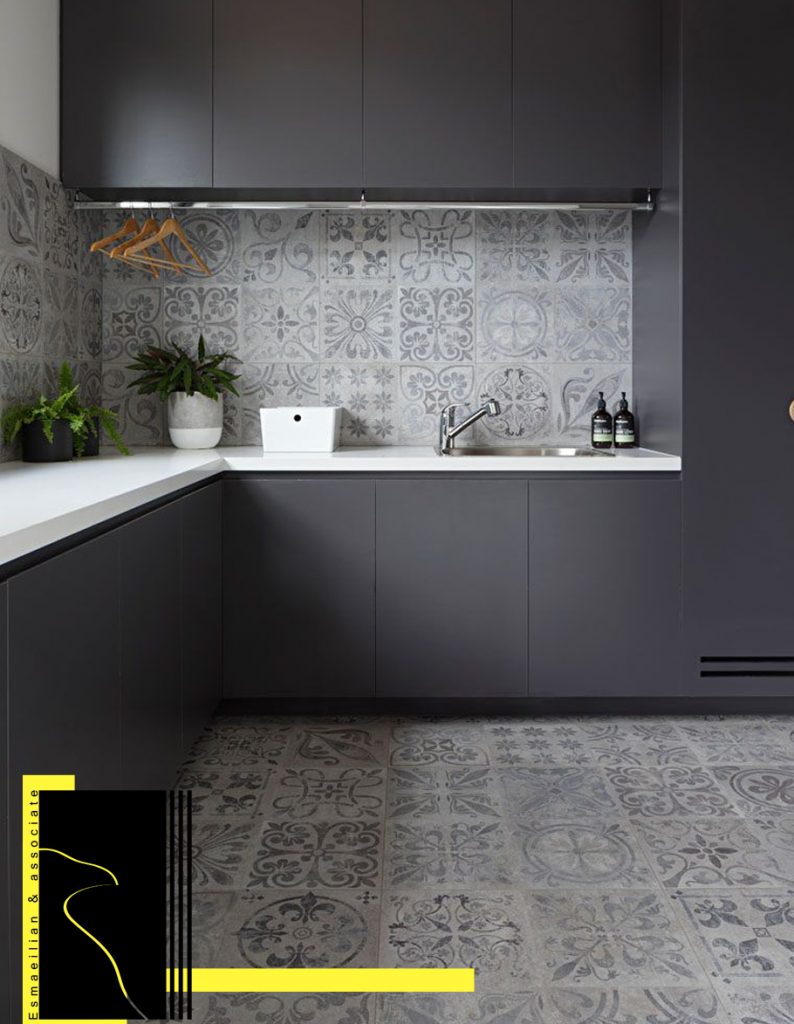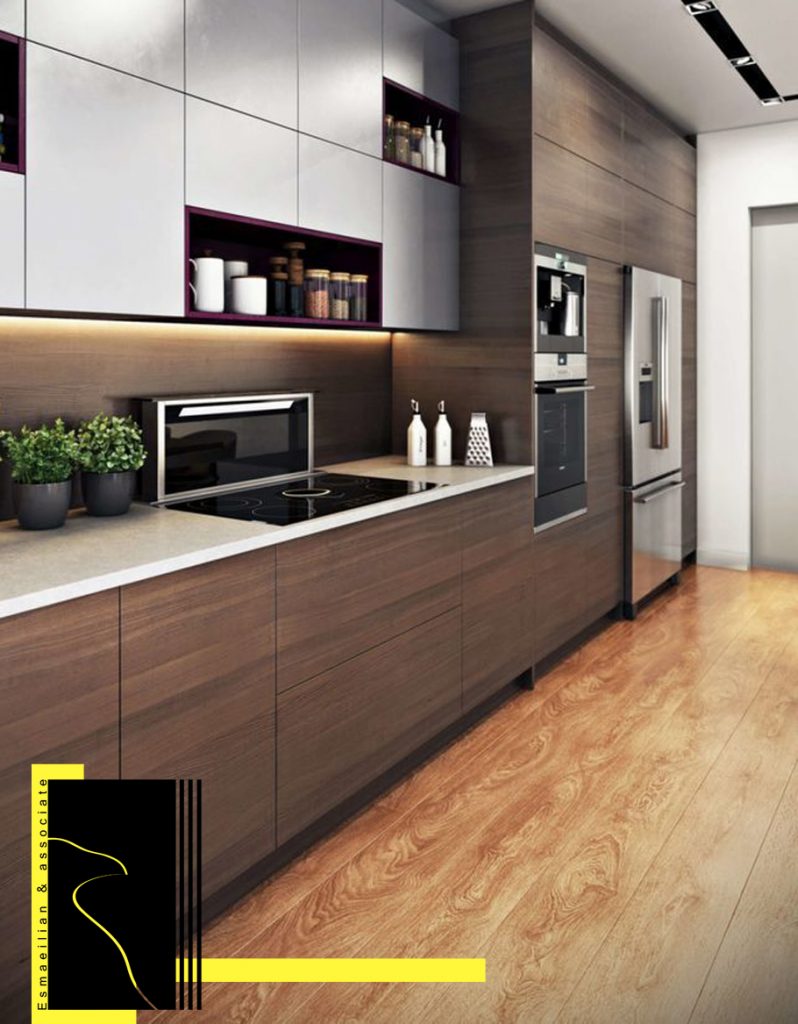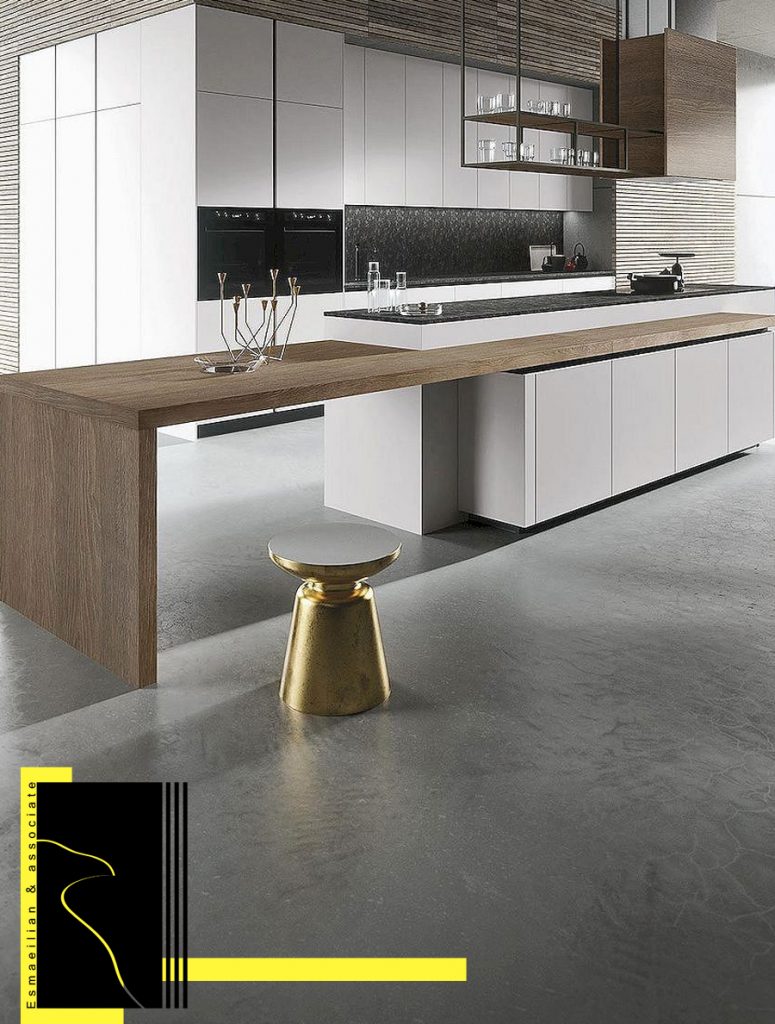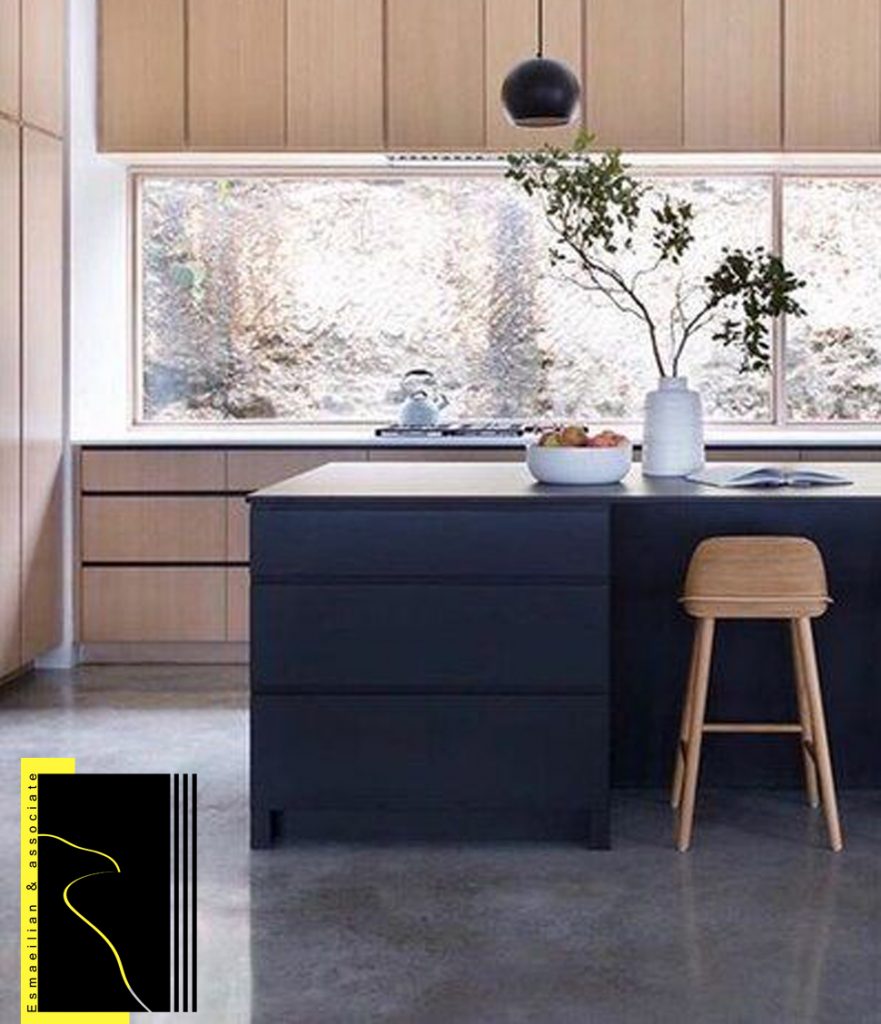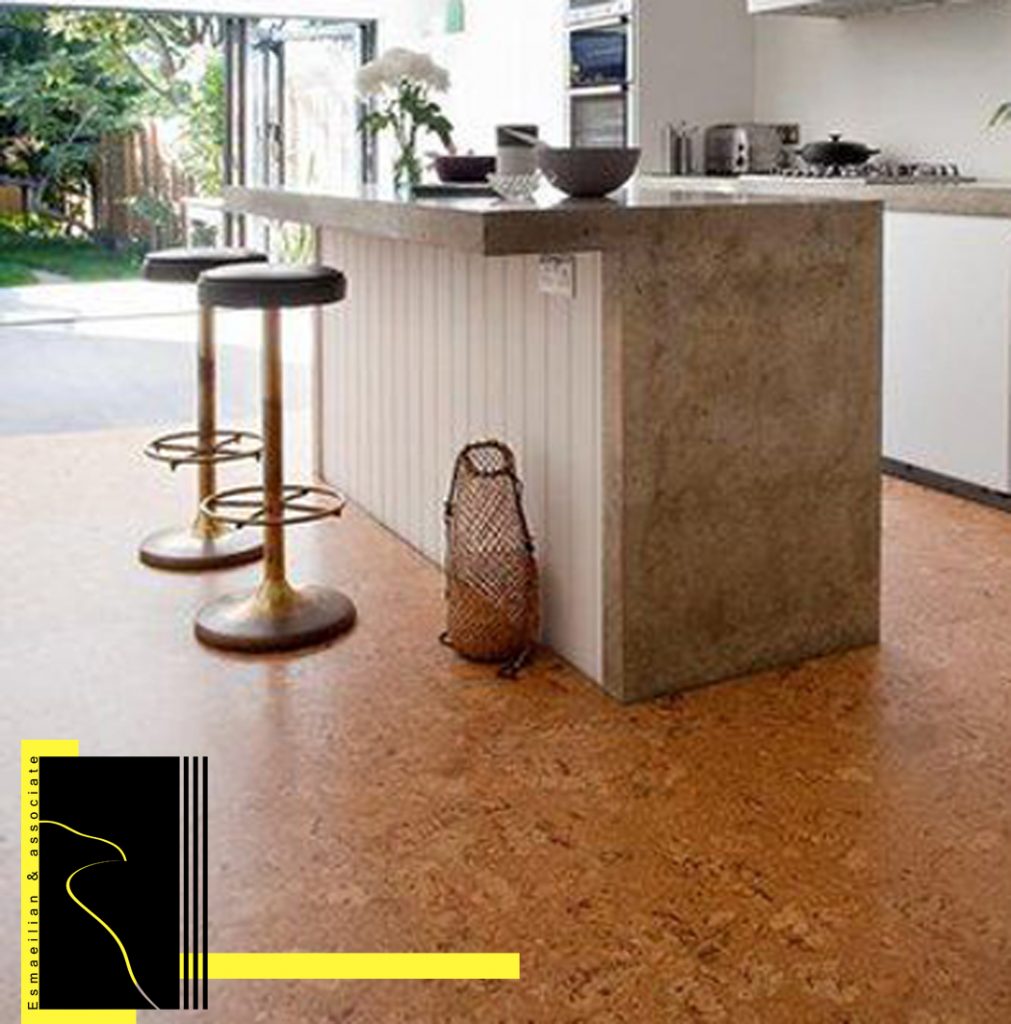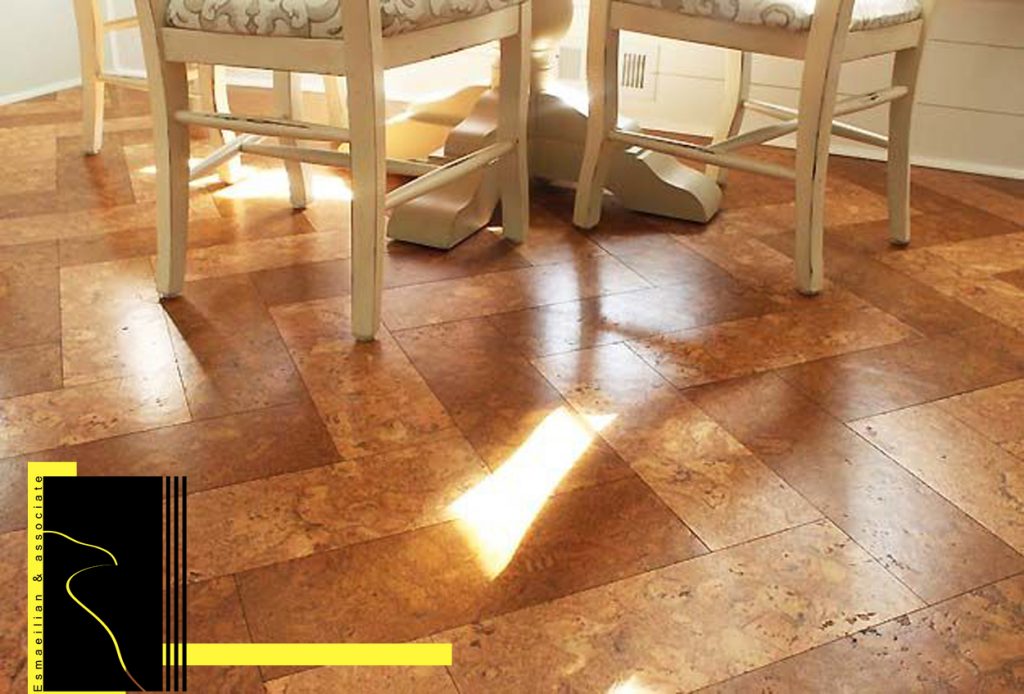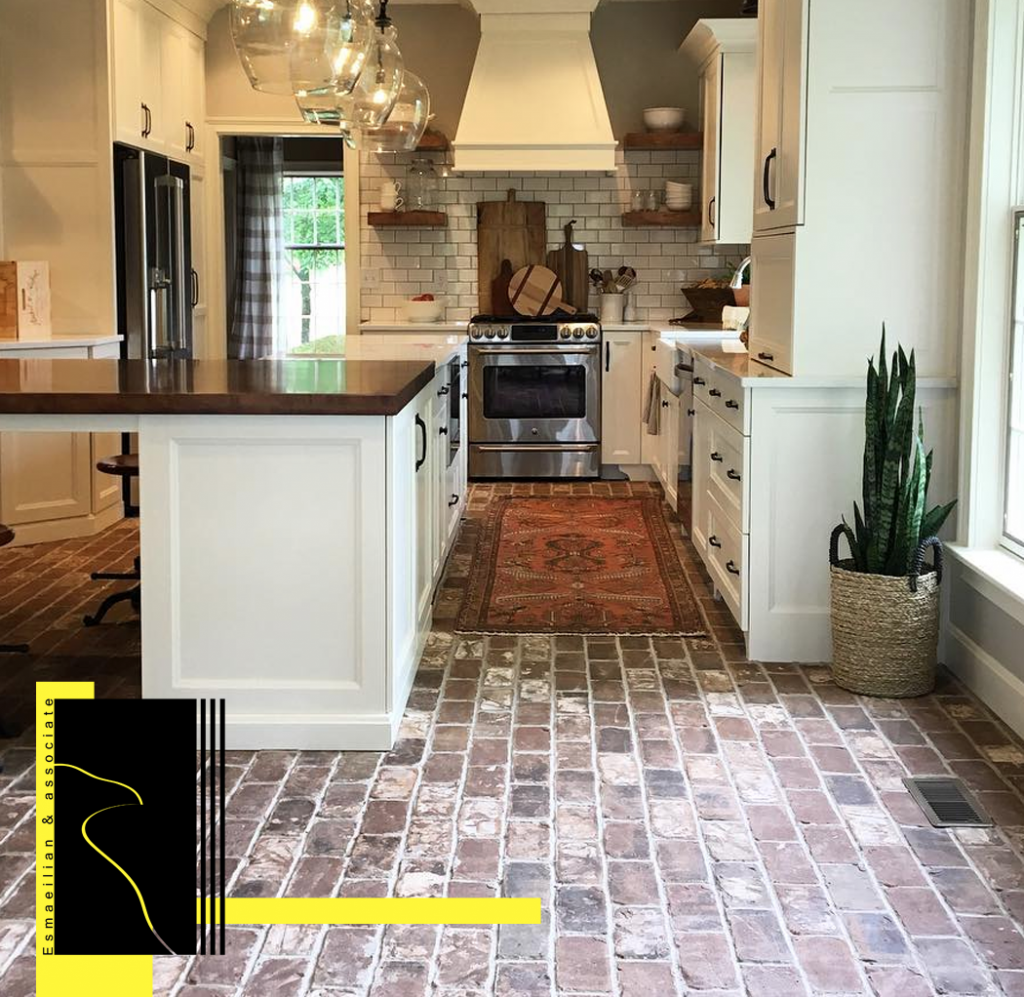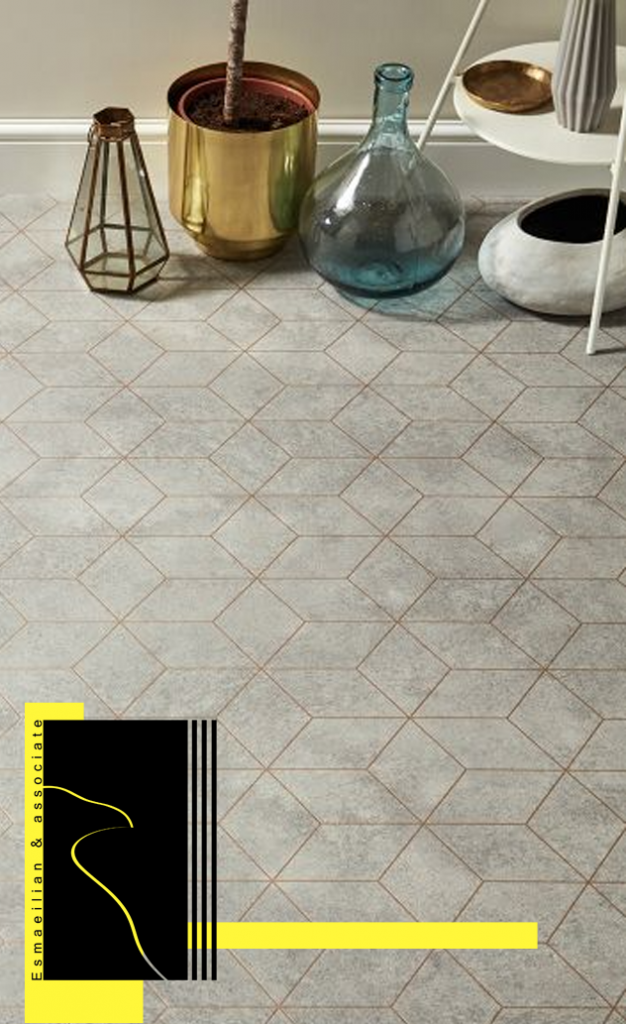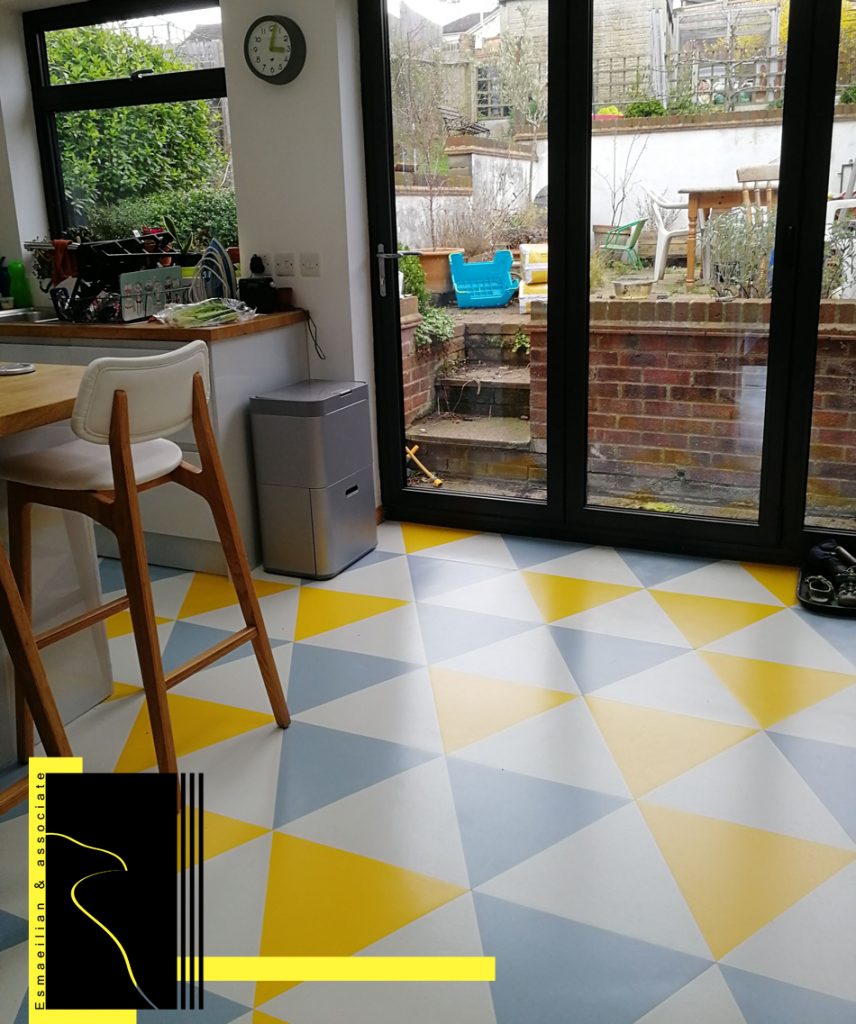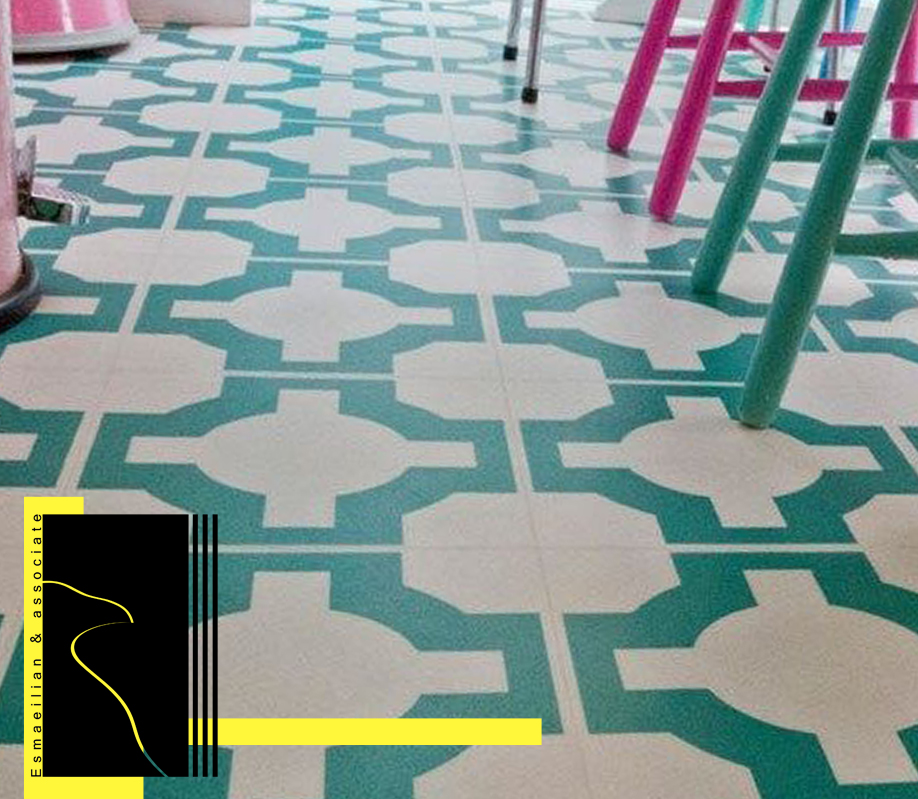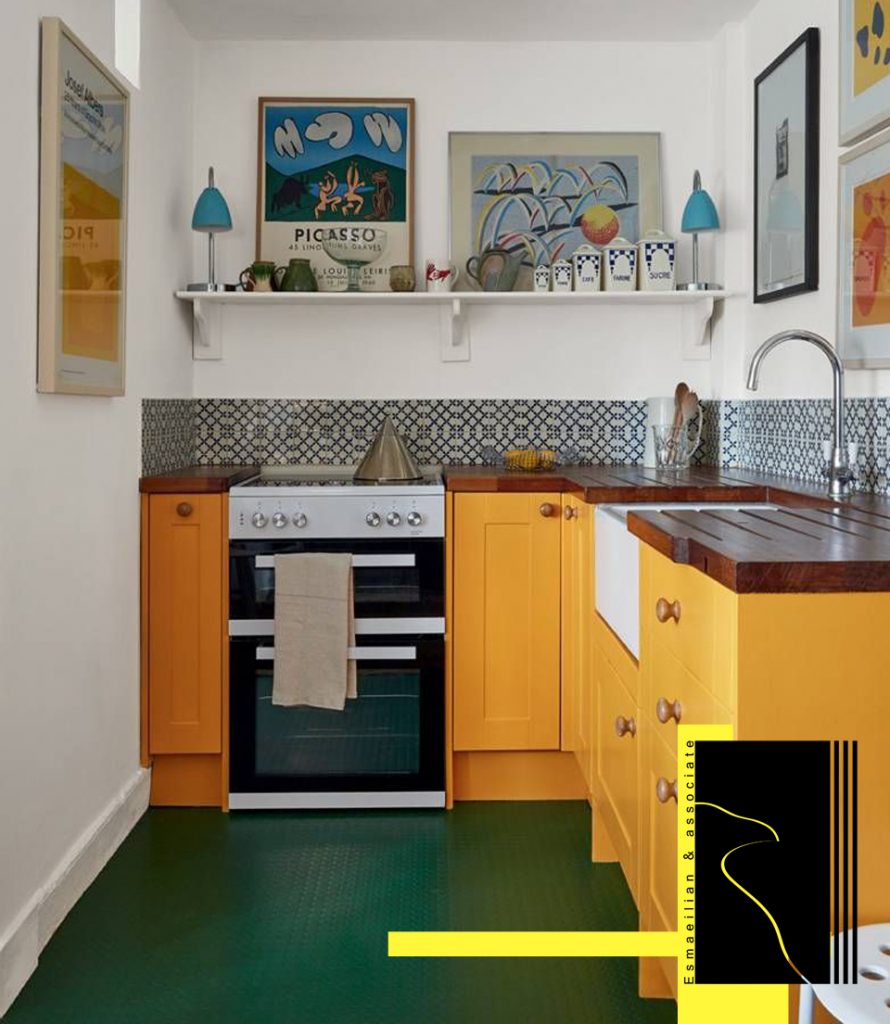
Kitchen Flooring
The flooring of cooking sites is either independent or open and the work space, it is necessary to use the type of tile or similar materials that can be cleaned and washed. According to the fourth issue of the national regulations of matter 4 – 5 – 5 – 5 – 1 floor of an independent and open kitchen, and outdoor working space, the wall should be covered from similar tile and material.
In general, kitchen floor coverings can be made and made of different materials. Stone, tile, wood, laminate, concrete floor, cork, bamboo, brick, vinyl, plastic, rubber or rubber cover and many other materials used in the implementation of kitchen flooring.
Stone:
There are many types of stones in the market, most of which are marble, marble, and marble. The variation in their design and color makes it unique to give your kitchen the unique surface stone floor.
NOTE: The rock is naturally cold, hence it is suitable for warmer regions. If you want to choose the stone flooring for a house in the climate, consider the heating system from the floor for that.
Tile:
tile is a common practice for the kitchen, which is easy to preserve and easy to clean. It is durable, and its reflective surface feature makes the kitchen space larger and more inviting.
The tiles are just being produced with the design and texture of the wood. There are some of its modern specimens with large sizes and rectangular shapes.
Note: The execution of the tile is very important, so this should be done by a professional tiling. The execution lines should be at the smallest possible amount.
Wood:
Wood, a popular material for kitchen floors, has more mercy on our joints than stone, ceramic, porcelain or concrete. It also looks more attractive than inelastic flooring.
The difficulty of the wood is that it can easily be scraped and cleaned easily and should not contact the water. It may be dirty on the floor after the installation, but it is filled with the seams and prevents the water from gathering.
Laminating:
Laminates are as affordable as vinyl flooring and are softer than hard materials underfoot.
This material is more resistant to moisture than wood, but because they are not completely solid, they can not be repaired if damaged.
Glossy concrete floors:
Concrete – along with other non-soft surfaces such as stone, ceramic or porcelain tiles – can cause damage to the joints.
Standing and walking on these hard surfaces can lead to back, knee and hip pain in the long run.
Cork:
The float is made from the outer layer of the oak tree, due to the high level of the foundation, an extremely flexible and flexible kitchen option.
This material is available in a variety of colors, patterns and textures and in the form of tiles or boards to suit the interior decoration of your home. Cork is almost self-healing but can be scratched or toothed.
Bamboo:
Bamboo flooring is one of the types of wood flooring and is one of the best options for kitchen flooring, especially if you want the materials you use to be nature friendly.
Among the options available in the market, bamboo has a high strength between natural materials.
Brick:
Brick is very similar to stone and concrete. This material must be fully compressed and must be vacuumed every few days.
Junk penetrates the inside of it. But it has a high – lasting floor, and it is beautiful.
Vinyl:
If you are a little obsessed with cleanliness, use vinyl flooring. These floors are resistant to germs and water and have a high diversity.
Vinyl is affordable. This material has a variety of designs and textures. It is water resistant and easy to install.
Plastic:
Plastic is made from completely natural and renewable materials such as linseed oil, pine rosin and powdered cork and should not be confused with vinyl flooring.
While durable, it is soft underfoot and available in a wide range of colors and designs. Like cork, the constant use of a protective polish preserves the beauty of this material for years.
Rubber:
Rubber has the same properties as cork, but the variety of designs and colors is greater. Rubber is an unusual option for a residential kitchen, but it is becoming more and more common.
If you want to stand for hours in your kitchen without causing pain and discomfort, this soft, elastic and durable material is a great choice. Rubber floor is available in the form of tiles and sheets and should be firmly glued after installation and every one or two years based on traffic and wear.
related





